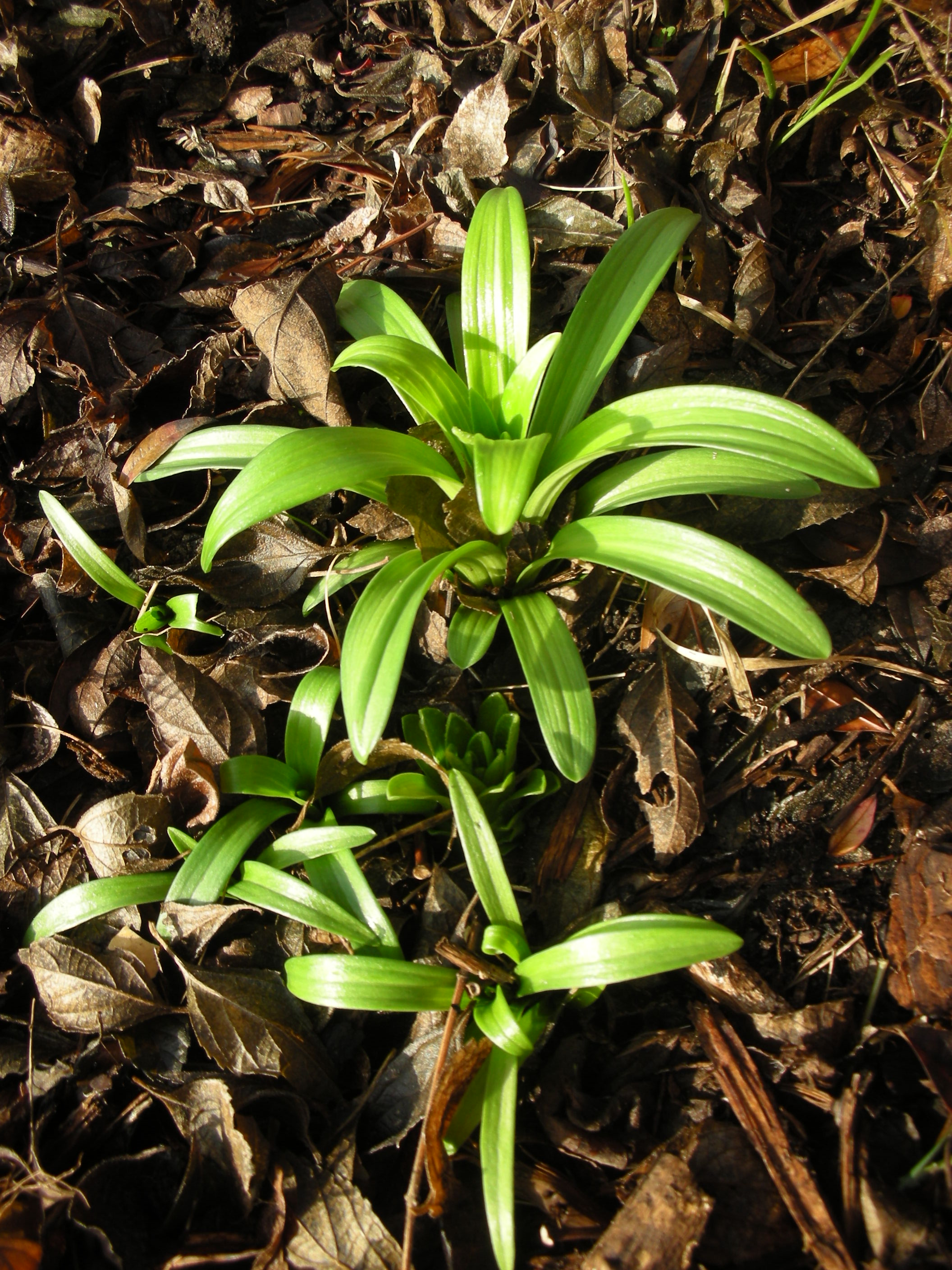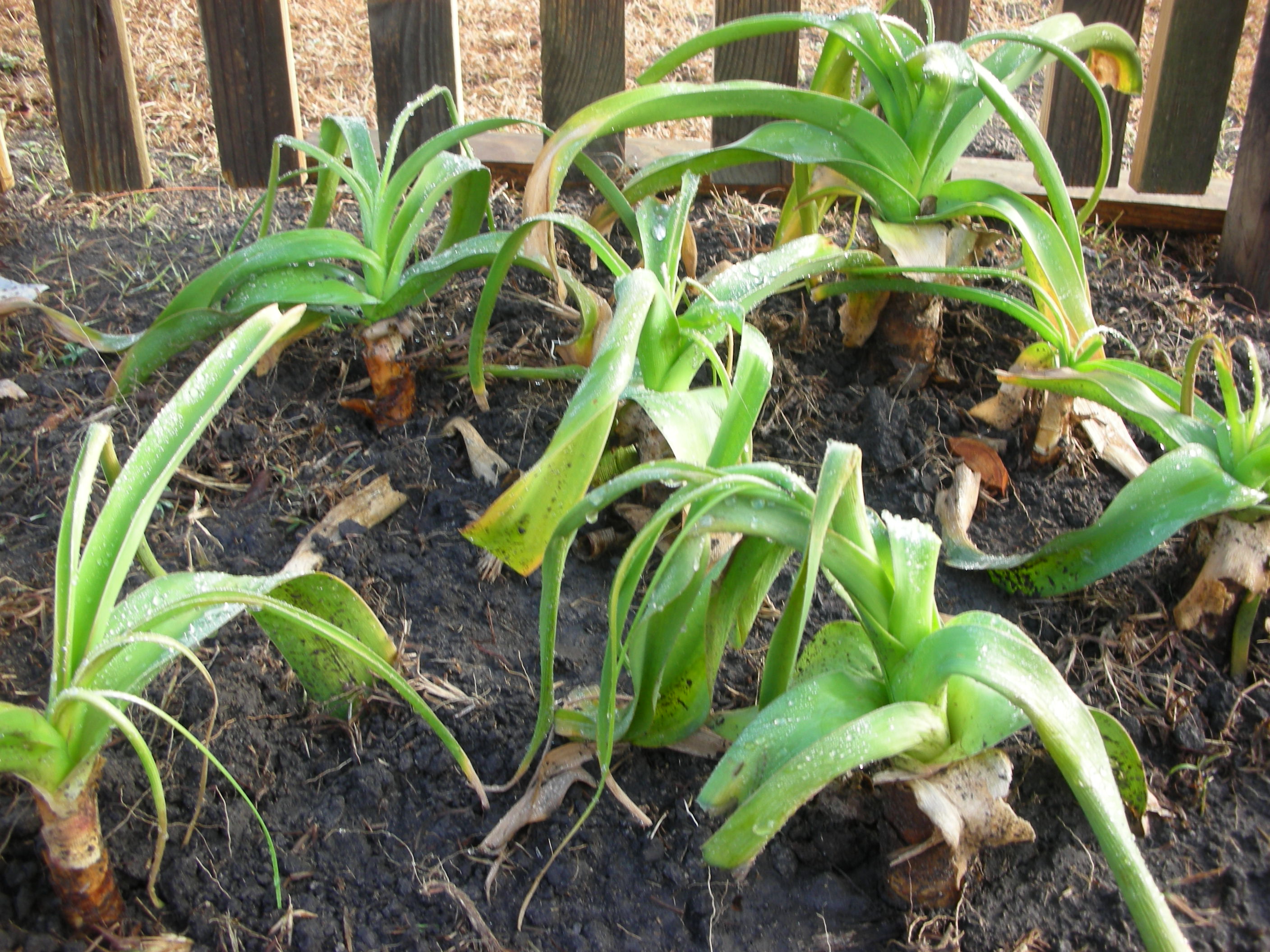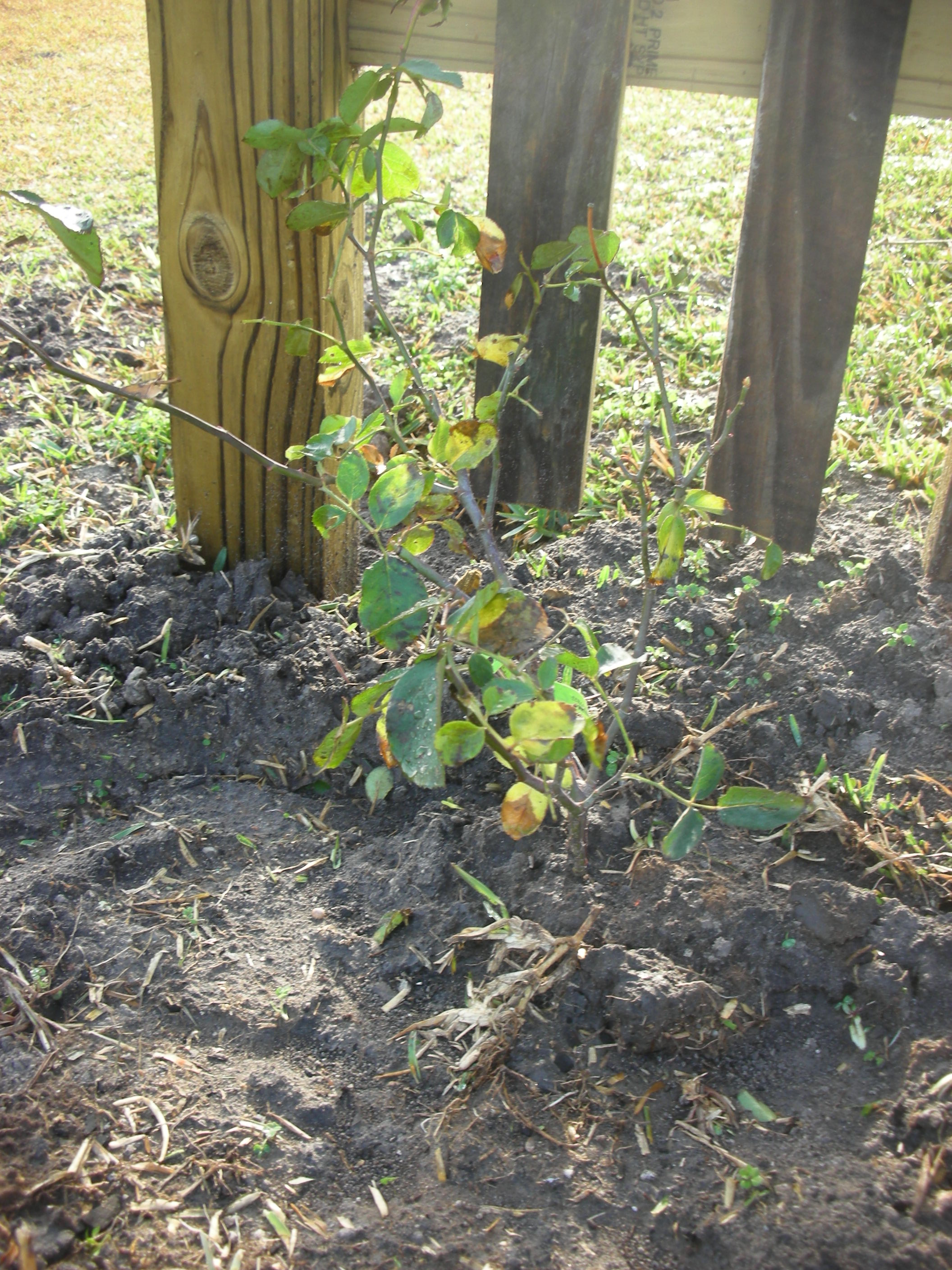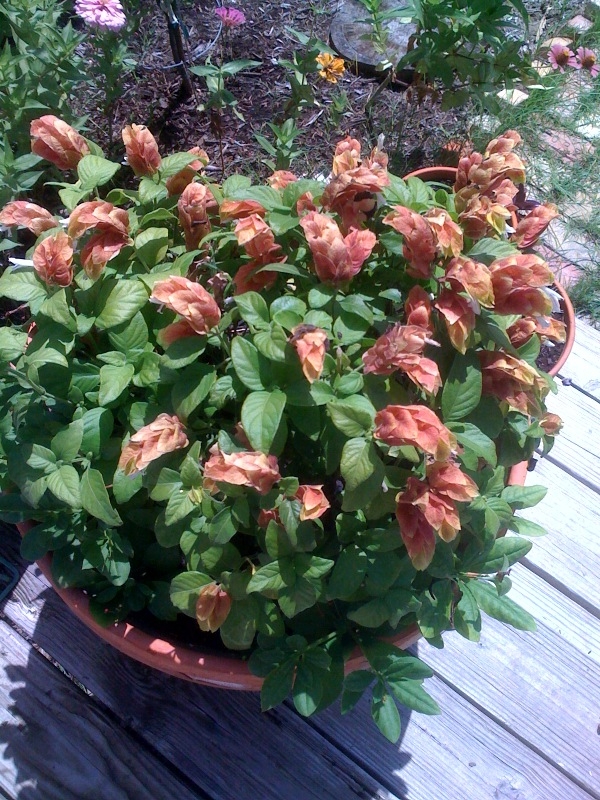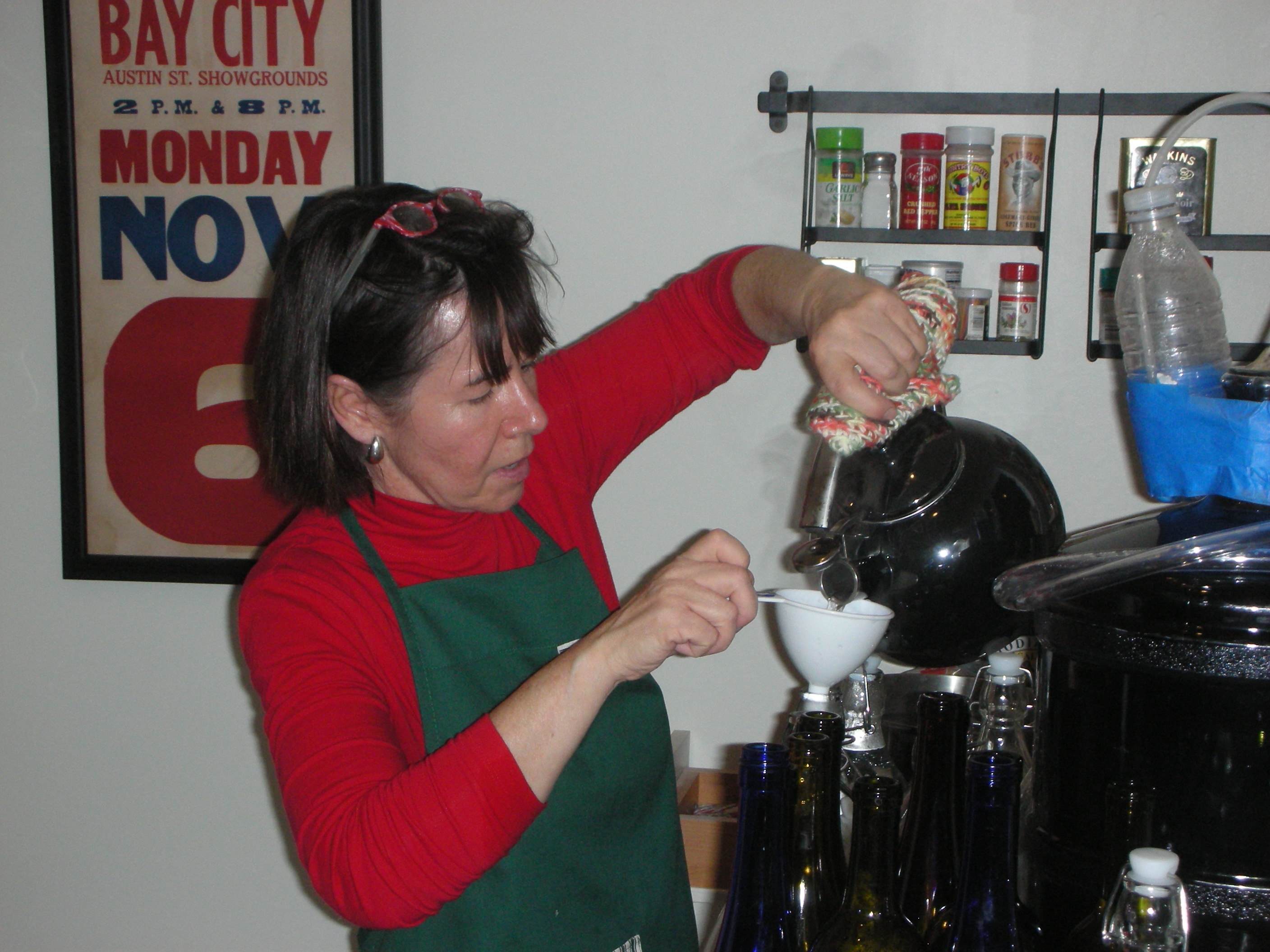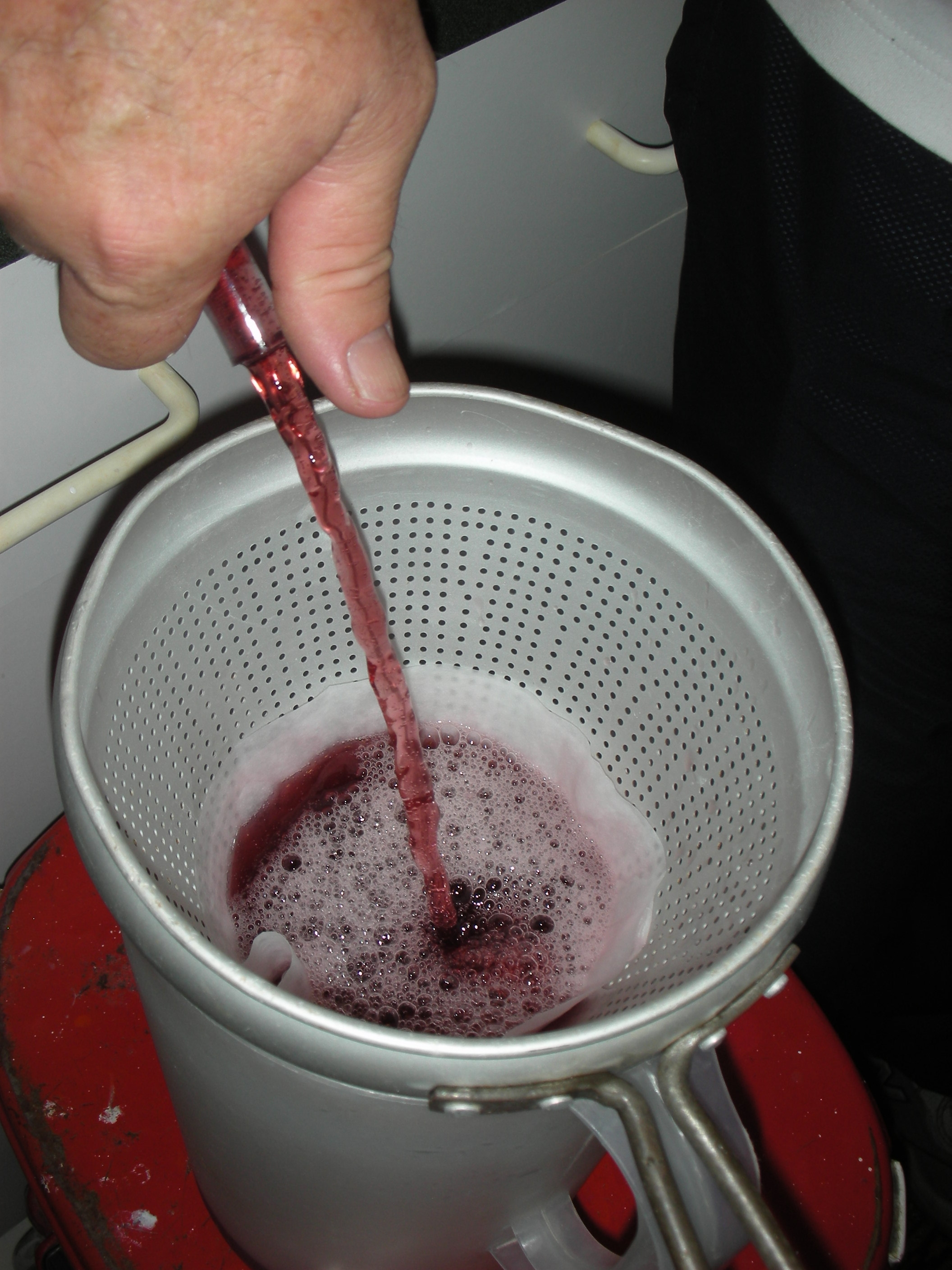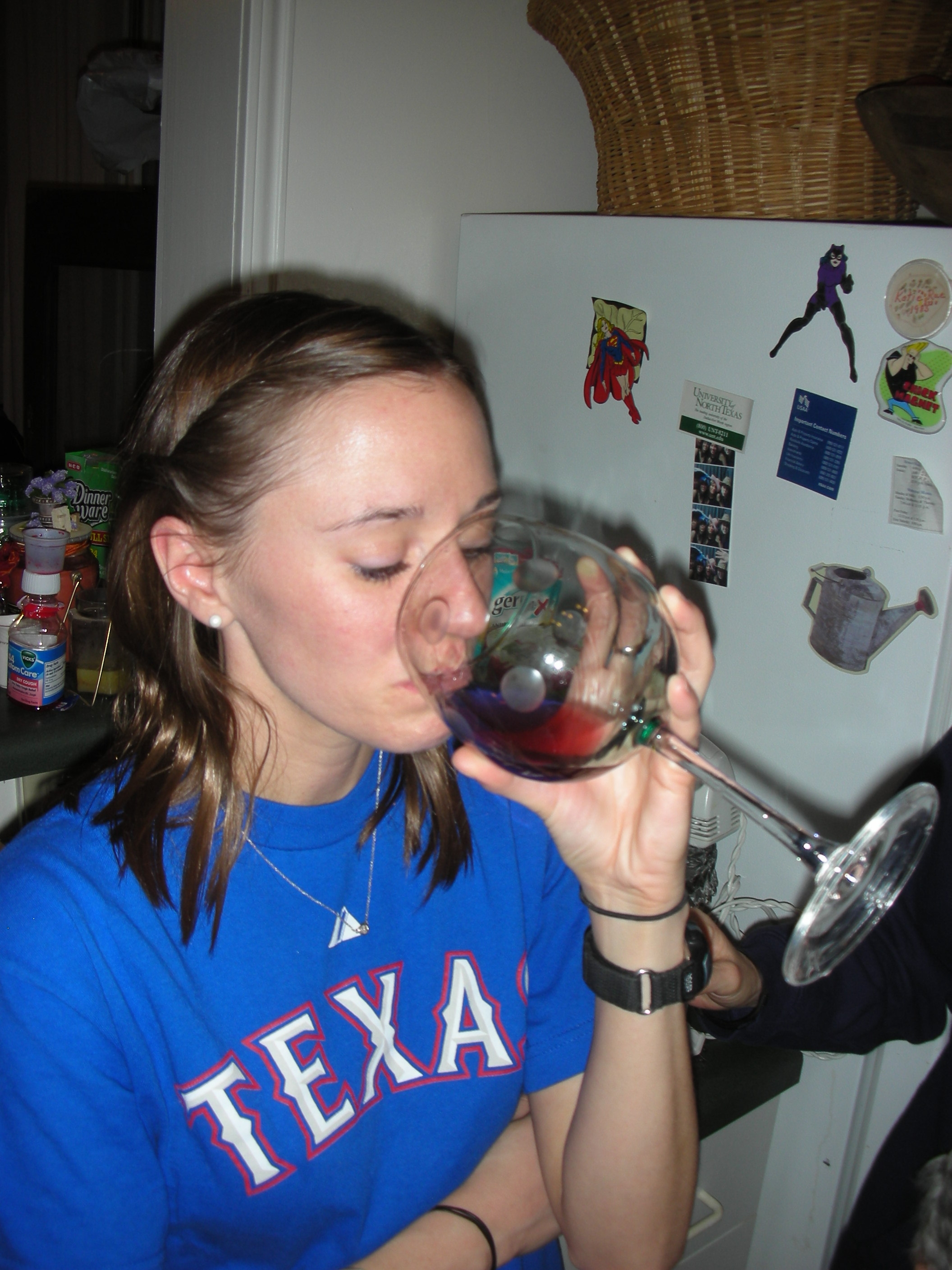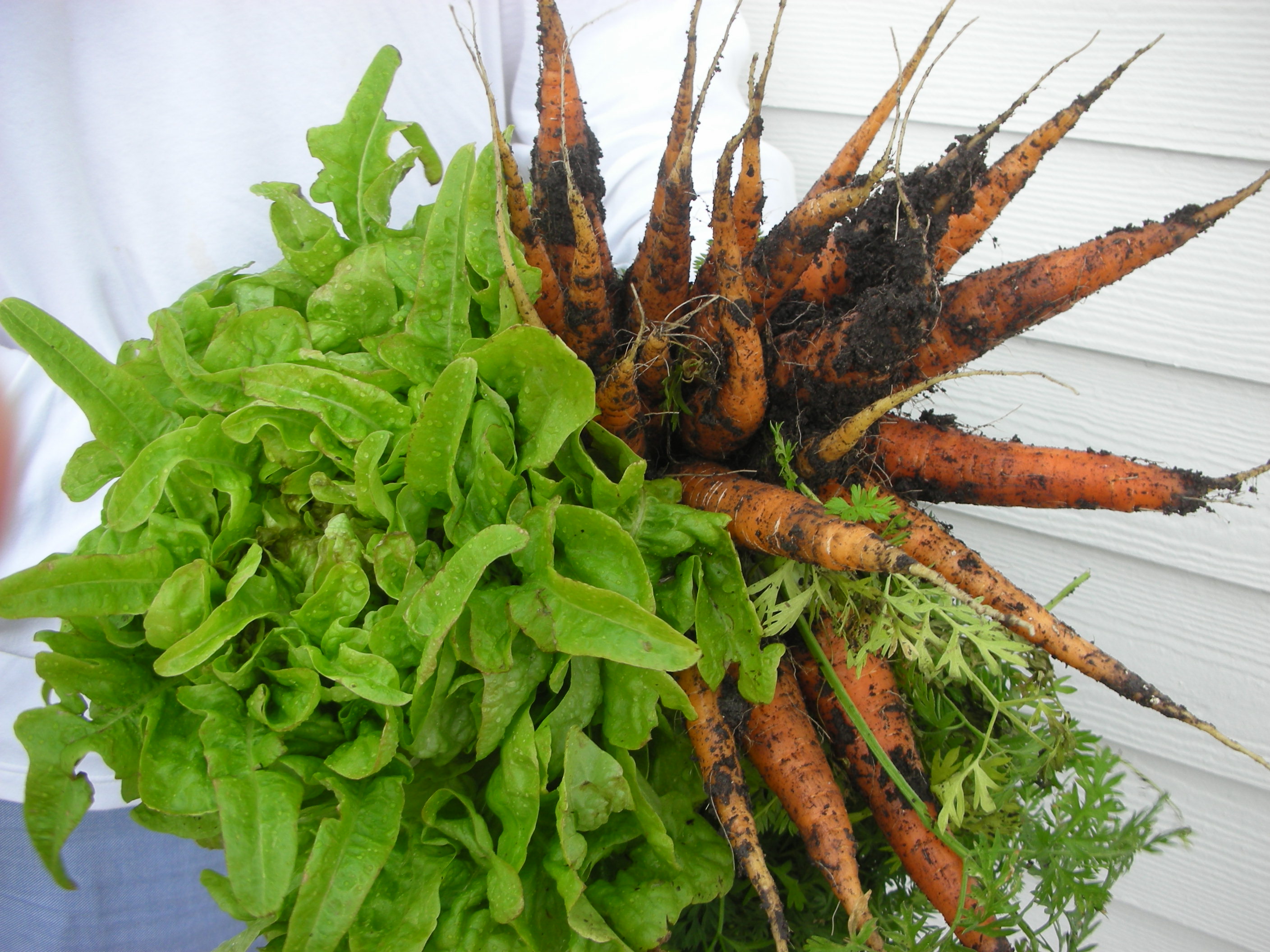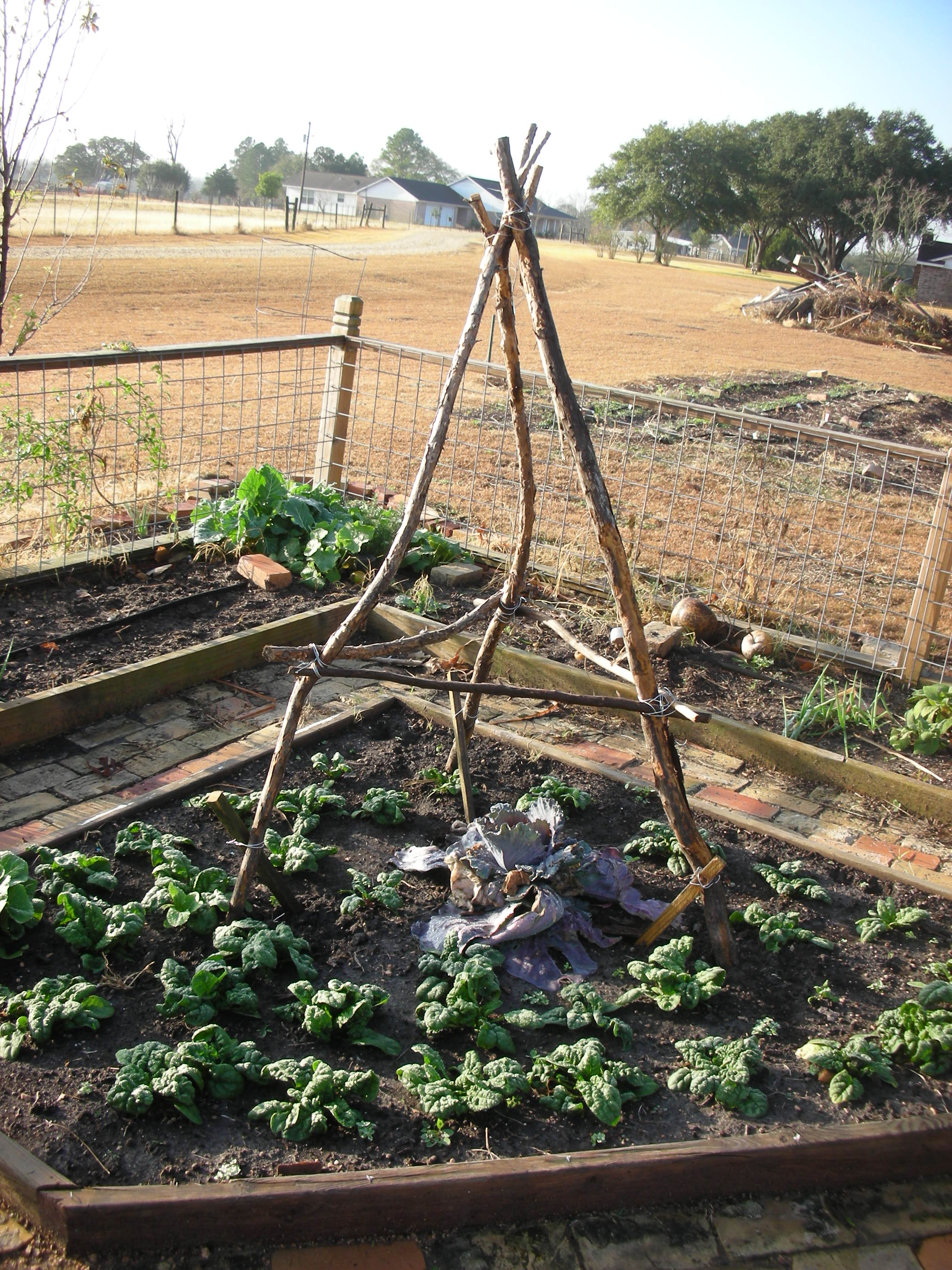The sad little twig that you see on the left will soon grow up to be an Alma fig tree. A friend of mine propagated it and several other varieties and then handed them out to his friends. Thanks Tim. I love receiving “pass along” plants.
Botanically speaking, figs are members of the ficus family. Some research shows that they have been in cultivation in the Mediterranean area for over 4000 years. The first figs grown in the U.S. were brought to Florida by the Spanish around 1575. Franciscan missionaries took the fig to California where the first orchards were developed in present day San Diego. Those early orchards were comprised of “Mission” figs. Mission is still one of the most popular varieties in cultivation today.
Figs have been grown in the South for as long as there has been a South. When I was a kid, everyone’s grand mother had at least one growing in their yard. One of my favorite childhood memories is sitting at the chrome and formica kitchen table in Streetman, Texas sipping hot tea out of a saucer while eating toast and fig preserves with my Pa and MaMomma. To this day, I think of them every time I see a fig or a jar of preserves.
Figs are very easy to grow. They grow as well in clay as they do in sand and they can tolerate that scorching Texas heat. Plus, they are relatively easy to care for. They don’t need to be sprayed and they don’t need commercial fertilization. Feed your fig by constant mulching or with a top dressing of prepared compost. Too much nitrogen will make figs split on the tree and will cause the fruit to have a watered down taste. Figs can take some drought but they do like frequent water. A large fig bush should be given about 10 gallons of water per week during the really hot months.
Alma is a relatively new variety that was created by the Texas Agricultural Experiment Station in 1974. It is a very tasty fig in a rather unattractive wrapper. The figs tend to develop dark spots on their skins as they ripen that some say resembles a bacterial infection. Regardless, the lovely amber colored flesh is very tasty. It is great raw and it is well suited for canning.
Alma has a vigorous growth habit and it is an early producer. It is not uncommon to get a nice crop from your first year’s growth. Alma is not a closed eye fig. However, it does develop a thick resin covering that keeps the dried fruit beetle at bay. This greatly reduces the threat of on the tree souring. Alma is a little frost sensitive and should not be planted more than 200 miles from the Gulf of Mexico.
Figs are relatively easy to propagate from cuttings. Simply take stem cuttings from one year old growth during the dormant season. Some people recommend treating with a rooting hormone and letting the cutting scab over before planting. However, lots of old timers say you can just cut them and then plant them and they will be fine. Figs can send up suckers from the ground level and these can be used as cuttings. However, remember that figs are very susceptible to nematodes and cutting suckers is a good way to spread this problem. Just a little FYI on nematodes. They don’t like black clay. So, if you are in area of clay soils, then nematodes will not be as big a concern.
Figs can be pruned to grow like a tree. However, this makes them a little more susceptible to freezing. Unless you live on the coast, grow your fig into a bush. The bushing habit will protect it from freezes. If it does suffer some damage from a hard freeze, cut out the damaged wood in late winter or early spring. Also, if you have a mature fig and it seems to be producing less and less each year, take your shears and open it up. This will encourage both growth and fruit production.




